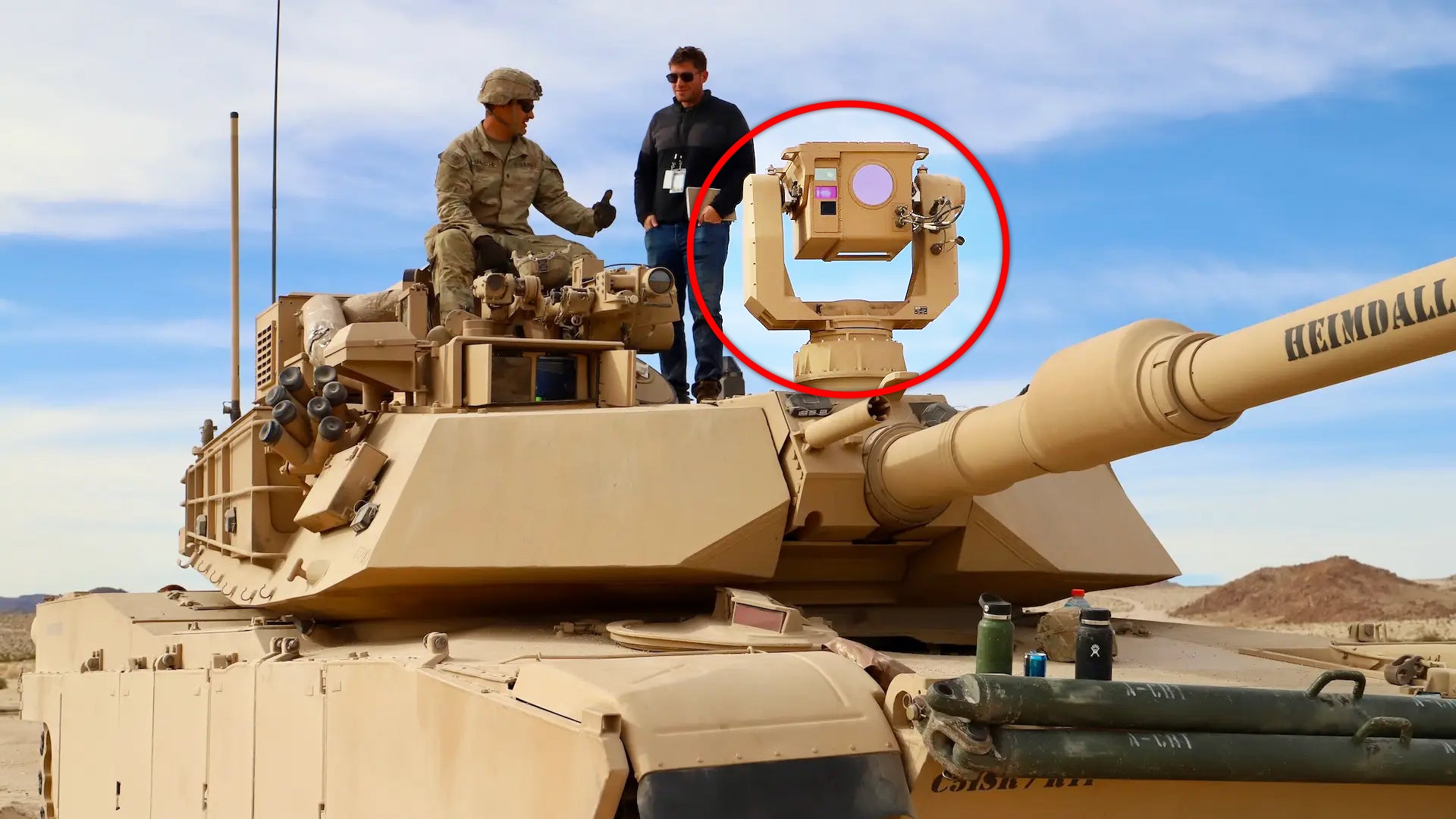The U.S. Army recently tested an M1 Abrams tank equipped with artificial intelligence (AI) target identification and firing system. The AI system was developed by General Dynamics Land Systems and consists of sensors, computers, algorithms, and other components to detect, identify, and fire at targets quickly and effectively. The system is designed to reduce the crew’s workload, lessen their cognitive load, and allow them to focus on other tasks. \n\nThis test marks a major milestone in military technology, as it highlights the potential for AI to be used in combat. It shows that AI is capable of operating autonomously, meaning it can think for itself and respond quickly to its surroundings. This technology has the potential to revolutionize the way the military fights battles, allowing for faster decisions and reactions in the heat of combat. \n\nThe AI technology tested on the M1 Abrams tank is known as "Target Sight" and consists of an array of cameras, thermal imaging sensors, and other sensing technologies mounted to the turret. These sensors detect enemy forces and then feed the data into the AI system. The AI then automatically identifies the target and fires at it in a rapid and accurate manner. In addition, the system also acts as an early warning system, alerting the crew if any incoming threats are detected.\n\nThis technology could significantly improve the effectiveness of the battlefield. By reducing the amount of time needed to identify and fire at targets, the military could respond with greater speed and accuracy. This could be especially beneficial in rapidly changing environments such as urban battles. Additionally, AI-equipped tanks may also require fewer personnel to operate, freeing up resources for other tasks. \n\nOverall, the successful test of the M1 Abrams tank with AI targeting system demonstrates the potential of AI technology in modern warfare. This technology could help to drastically improve the effectiveness and efficiency of the battlefield, allowing for more rapid and accurate decisions and responses. If further tests prove successful, this technology could eventually become standard equipment for many military vehicles.
Read more here: External Link
